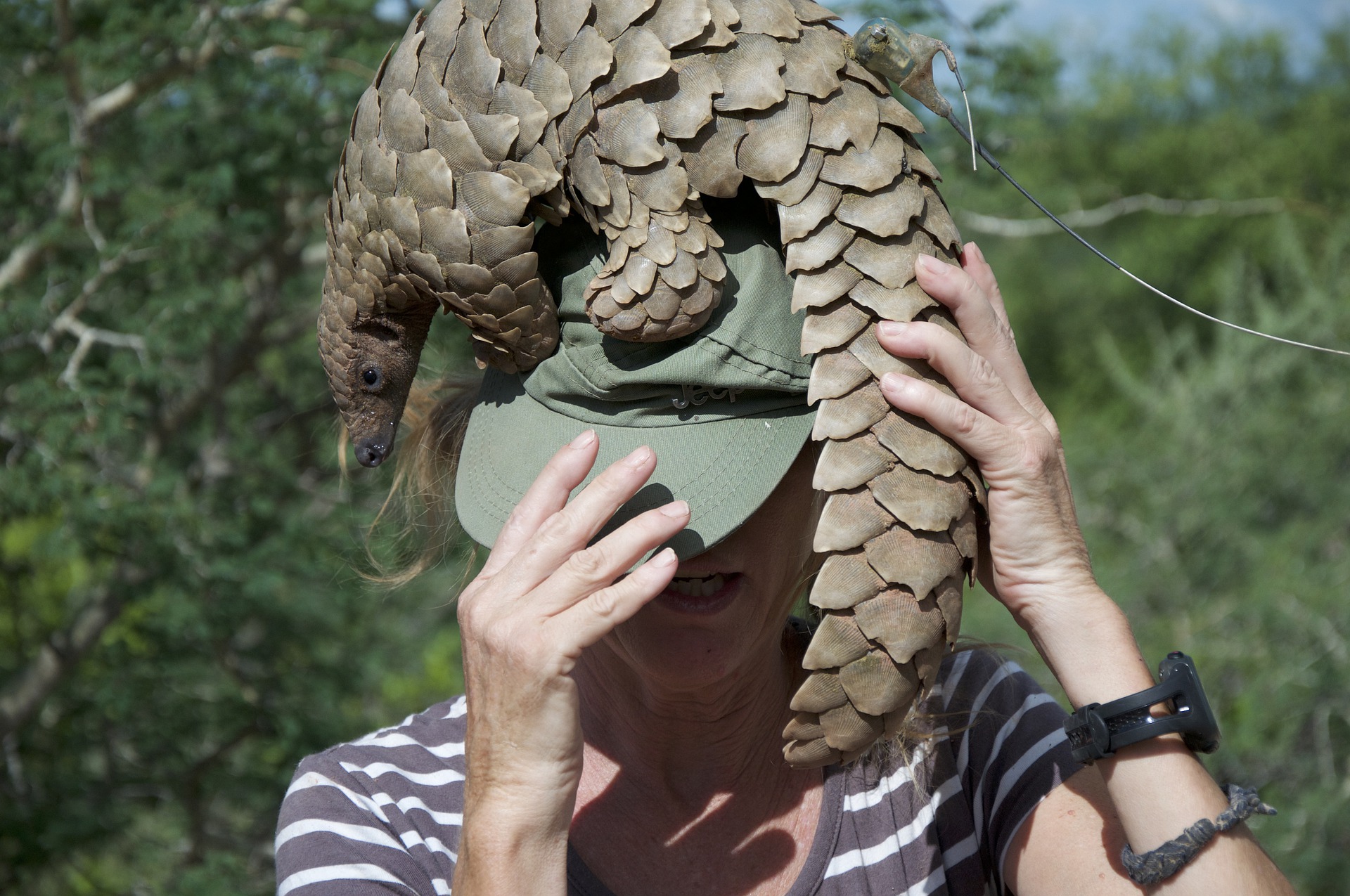Media Release
From: Springer NatureCoronaviruses detected in a small number of pangolins that were smuggled into China are shown to be closely related to the SARS-CoV-2 coronavirus, reports a paper published in Nature today. The degree of similarity is not sufficient to suggest that pangolins are the intermediate hosts that are directly involved in the current SARS-CoV-2 outbreak. However, the findings suggest that pangolins are a second mammalian host of coronaviruses and that their sale in wildlife markets should be strictly prohibited to minimize the risk of future virus transmission to humans.
Although evidence suggests that bats may be the likely reservoir for SARS-CoV-2, the identity of intermediate host animals that could have facilitated the transfer of this virus into humans remains unknown. A seafood market linked to early cases of the recent outbreak of respiratory disease was cleared out shortly after the outbreak began, which has impeded the search for the animal species that is the source of the coronavirus. One possible host is pangolins, which are the most-commonly illegally trafficked mammal and are used both as food and in traditional medicine.
Yi Guan and colleagues analysed samples taken from 18 Malayan pangolins that were obtained from anti-smuggling operations in southern China between August 2017 and January 2018. They detected SARS-CoV-2-related coronaviruses in 5 of these animals. They further detected similar coronaviruses in 3 out of 12 additional animals seized in a second province in 2018 and in an additional animal from a third province from which a sample was collected in 2019. The viruses isolated from these samples have a sequence similarity of approximately 85–92% to SARS-CoV-2, and one virus shows strong similarity in the sequence of the receptor-binding domain — a region that encodes the ‘spike’ of the virus that facilitates entry into host cells. However, all of the pangolin coronaviruses identified to date lack a specific alteration in their sequences that is seen in human SARS-CoV-2, which places uncertainty on their role in the transmission of the novel coronavirus into humans.
Pangolins are the only mammals other than bats reported to date that have been found to be infected with a SARS-CoV-2-related coronavirus. These findings highlight a potentially important role for pangolins in the ecology of coronaviruses, but do not directly implicate pangolins in the transmission of SARS-CoV-2 to humans. The authors propose that handling these animals requires caution and suggest that further monitoring of pangolins is needed to understand their role in the emergence of coronaviruses with the potential to infect humans.


